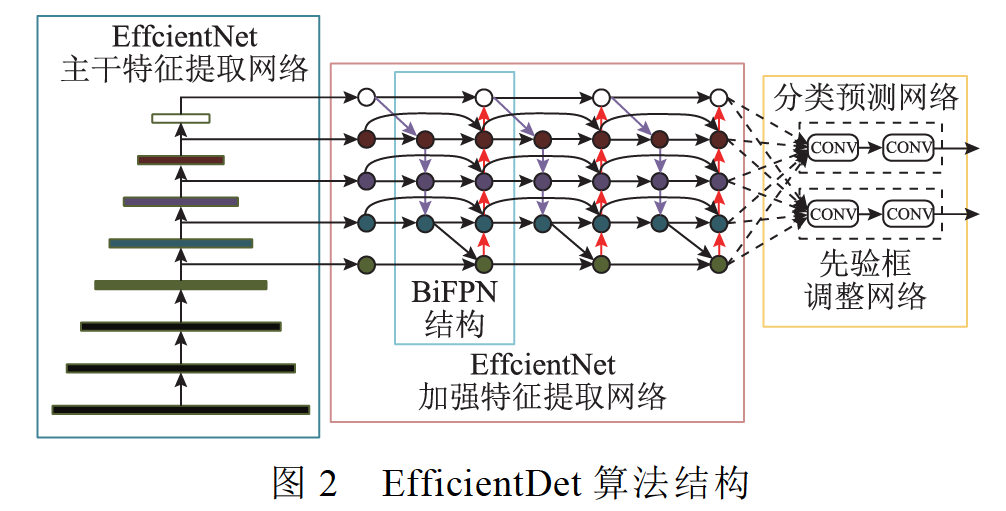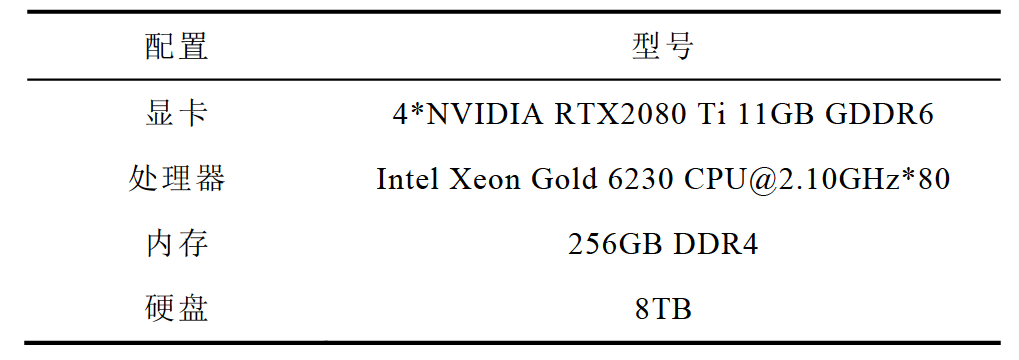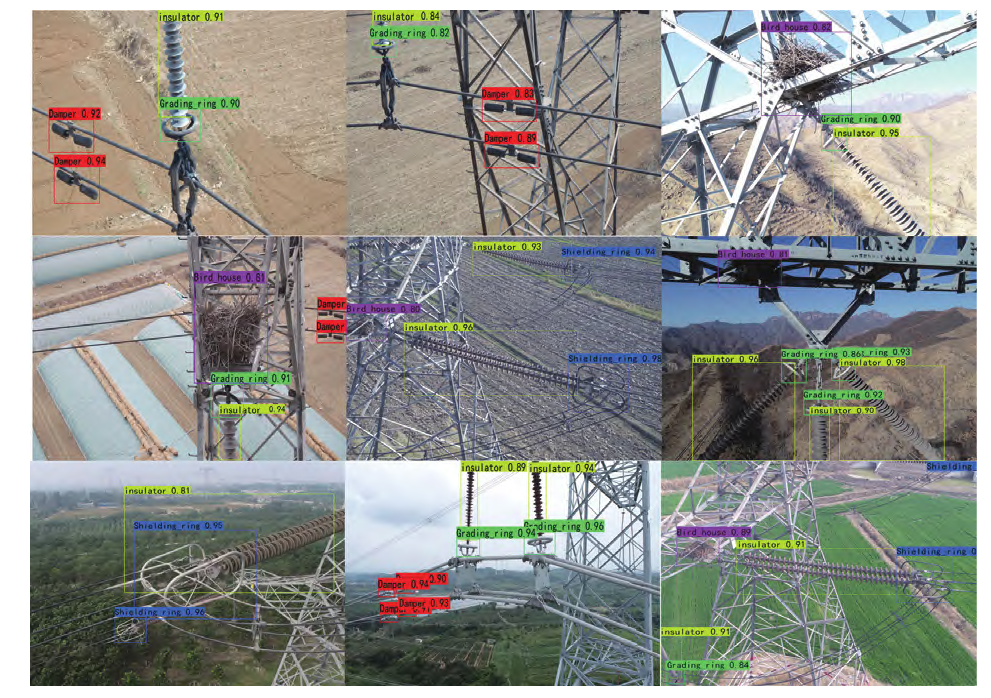1. Background introduction
Aiming at the problems of the existing target detection algorithm in the UAV power inspection, the small target recognition accuracy is low, the detected components and defect types are relatively single, and the detection speed and accuracy cannot be satisfied at the same time. An improved EfficientDet target detection algorithm is proposed. The algorithm is applied to data mining of UAV power inspection images, and simultaneously performs target detection and defect location on insulators, shock-proof hammers, voltage equalizing rings, shielding rings, and bird's nests on high-voltage transmission lines.
2. What is EfficientDet
EfficientDet, an object detection model open-sourced by the Google Brain team, utilizes several optimizations and backbone adjustments, such as using BiFPN, and a compound scaling method that uniformly scales all backbones, feature networks, and box/class prediction networks simultaneously resolution, depth and width. It is a multi-model ranging from lightweight to high-precision, reaching 50.9 mAP on the COCO dataset, and has received a lot of attention since its launch!
3. Pain points solved by EfficientDet and ideas for improvement
Firstly, data enhancement is performed on the existing 1 468 standardized UAV inspection data sets of a maintenance company of the State Grid through the Imgaug data enhancement library; then, the two-way feature pyramid network (BiFPN) feature fusion of the feature extraction network is enhanced. The scale feature layer improves the small target detection ability, improves the inverse residual module of the backbone feature extraction network EfficientNet, and introduces the coordinate attention mechanism (CA) to improve the backbone feature extraction efficiency. Finally, a comparative training experiment is carried out.
4. Data set design
4.1 Experimental data
A total of 1468 original data sets are derived from standardized photos taken by a maintenance company of the State Grid during UAV inspection operations. In the training of machine learning, the quality of the data set has a great impact on the training effect and detection efficiency. The number of existing original data sets is limited, and the results obtained directly for training cannot meet the accuracy requirements of power inspection. The Imgaug data enhancement library is used for data expansion, simulating the shooting blur, noise, bad weather, etc. during the actual inspection, and improving the robustness of the training model against interference. The experimental results are shown in the following figure:

4.2 Data set category analysis and expansion

5. Model structure diagram
The EfficientDet target detection algorithm consists of three parts: EfficientNet backbone feature extraction network, Bidirectional Feature Pyramid Networks (BiFPN) enhanced feature extraction network with different layers, and a priori box classification and adjustment network.

6. Experimental environment
6.0 Experimental code
For the experimental steps, just change the data set. Because the data set is the laboratory's own, it cannot be provided. You can also find another data set yourself! So the experiment can refer to the following:
6.1 Experimental equipment

6.2 Training loss images

6.3 Experimental results

5. Analysis of results
The average mean accuracy of the EfficientDet algorithm on the component detection and defect location test set reaches 90.2%, which can meet the accuracy requirements of power inspection.